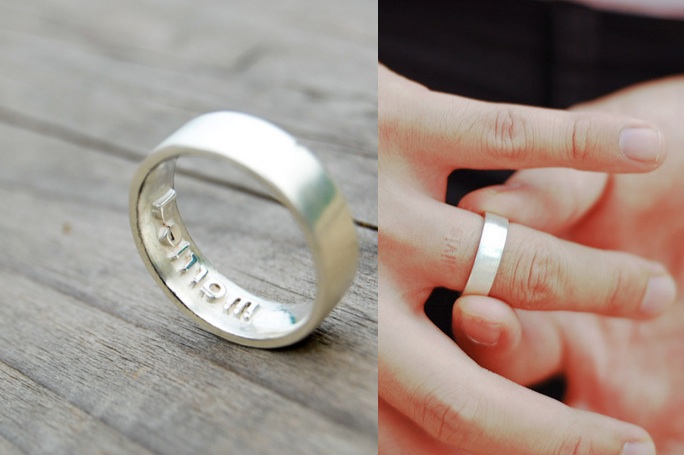When virtual reality first became available to consumers, it was primarily about two things: games and the crafted environments they take place in.
For gamers it was a whole new format, representing a deeper form of immersion than even the most advanced graphics could provide on major consoles. And most anyone can appreciate the idea of giant fictional worlds brought to life in this format. Consider, for instance, The Climb, a Crytek game among the first to make a splash in VR. Early reviews focused largely on the visuals, noting beautiful foliage, realistic sunsets, and “plenty of gorgeous vistas to ogle.”
If video games and fictional environments were all the rage early on, however, VR has slowly but surely taken a turn toward incorporating more realistic settings. That is to say, rather than relying solely on game designers’ imaginations, some new and emerging VR programs instead attempt closer simulations of the real world.
In games it’s not always easy to see how this might manifest. But to give you the idea, one area to watch is the casino gaming space. Before VR even really became popular, gaming sites online were looking to recreate the thrill of brick-and-mortar environments not just through graphics but through live feeds to actual dealers. This “live dealer gaming” can sometimes show actual, functioning casinos to make the player feel more immersed in a realistic situation. This is certainly one way in which VR could use real world simulations, rather than artificial environments, to facilitate fun activity.
Beyong gaming is where things are getting interesting, however, and virtual reality is expanding from a fun technology into a potentially very useful one. The first thing that might come to mind for a lot of people is fitness. Already we’ve seen developers creating cycling routines, for instance, that use VR to make it look as if you’re biking a trail or road anywhere in the world. Others might think of retail, which has made a surprising number of headlines as it relates to VR. Basically, stores are having apps designed that allow customers to explore them via VR as if they’re really there in person. Both of these are examples of real world simulations and creative uses of VR beyond gaming.
It’s these applications that have got to make you wonder about the technology’s future connection to meditation and/or yoga. Meditative techniques are wonderful not just because of the positive effects they can have on health and wellness, but because they can be practiced nearly anywhere. Put VR into the equation though, and that becomes almost literally true.
We posted just recently about the idea of booking time in The Green Planet in Dubai for a meditative experience. Now, imagine if that were not a scheduled event that required you to book in advance and set up travel ,but were instead simply one app out of dozens, or even hundreds, in a meditative VR app. With developers seemingly getting better and more interested in designing simulations of real world places, this seems not only possible, but likely.
There are in fact meditation apps already coming out for VR. Some, in fact, even simulate tranquil locations such as beaches or even, in the case of the app Lumen, a sort of alien world not unlike the fantasy planet in the film Avatar. The idea, naturally, is for soothing visuals to accompany soft-spoken instruction such that you can enjoy a full meditative experience greater than what you’d get just sitting in your bedroom or potentially even attending a class. But given some of the evolutions we’ve already seen in VR as described above, don’t be surprised if some of these apps start to take you to real, incredible places in the world.
Join our WhatsApp group and receive curated news and offers in your WhatsApp Feed














